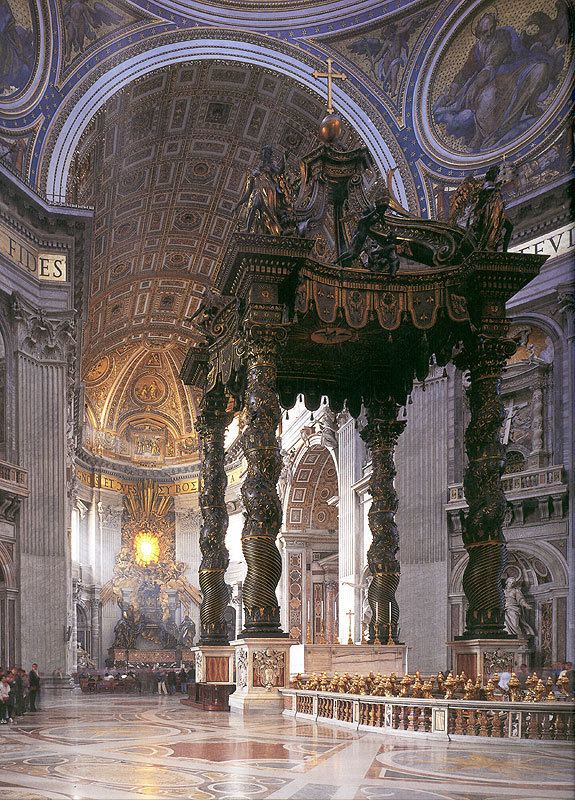 | ||
A pope is the Bishop of Rome and the leader of the Catholic Church. Approximately 100 papal tombs are at least partially extant, representing less than half of the 264 deceased popes, from Saint Peter to Saint John Paul II.
For the first few centuries in particular, little is known of the popes and their tombs, and available information is often contradictory. As with other religious relics, multiple sites claim to house the same tomb. Furthermore, many papal tombs that recycled sarcophagi and other materials from earlier tombs were later recycled for their valuable materials or combined with other monuments. For example, the tomb of Pope Leo I was combined with Leos II, III, and IV circa 855, and then removed in the seventeenth century and placed under his own altar, below Alessandro Algardi's relief, Fuga d'Attila. The style of papal tombs has evolved considerably throughout history, tracking trends in the development of church monuments. Notable papal tombs have been commissioned from sculptors such as Michelangelo and Gian Lorenzo Bernini.
Most extant papal tombs are located in St. Peter's Basilica, other major churches of Rome (especially Archbasilica of St. John Lateran, Santa Maria sopra Minerva and Basilica di Santa Maria Maggiore), or other churches of Italy, France, and Germany.
Note on non-extant tombs
Many early tombs no longer exist due to repeated translations or destruction. This list does not include non-extant papal tombs. Information about these tombs is generally incomplete and uncertain. Locations of destroyed or lost papal tombs include:
Other tombs not included in this list are:
